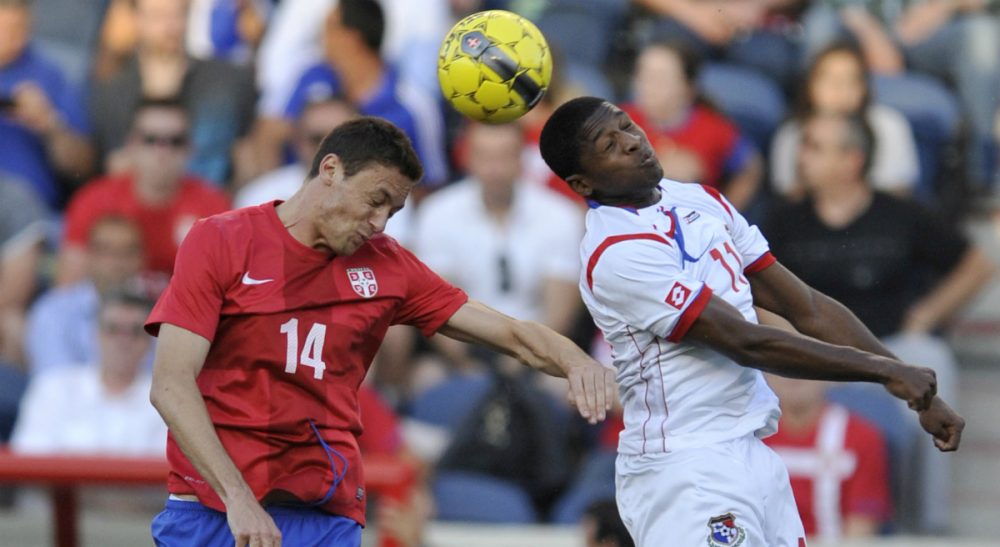Advertisement
Thinking With Your Feet: How Soccer Rewires Your Brain

I am both a neuroscientist and a soccer fanatic. Though seemingly unrelated pursuits, my appreciation of neuroscience has strengthened my passion for soccer. Let me explain. Soccer in the United States, football to the rest of the world, is not just a game that involves putting a ball in a net. Soccer is a triumphant display of the incredible plasticity of the human brain. More than any other sport, soccer requires a brilliance that redefines the cerebral cortex, because the soccer player is limited by one simple rule: no hands!
This one rule takes away eons of evolutionary advantage we humans have developed. Hands are what we do best. A peek inside the brain of the average human reveals that the hands are vastly over-represented relative to other regions of the body. This is true for the cortical brain areas devoted to perception of touch and body position and even more so for the cortical areas that control the motor activity of body musculature. To convince yourself, try this at home: place your hand on a flat surface and lift just your middle finger. Now place your foot on a flat surface and lift just your middle toe. Both hands and feet contain sufficient musculature to accomplish these tasks. However, most people have difficulty lifting just their middle toe because they lack sufficient neural representation in the brain regions that control the feet.
More than any other sport, soccer requires a brilliance that redefines the cerebral cortex, because the soccer player is limited by one simple rule: no hands!
There is no question that the expanded cortical regions devoted to sensory perception and fine motor control of the hands have led to some remarkable achievements. In the sporting world, the hand is a major advantage. Compare the size of the net or the difference in score between soccer and basketball. Hands do make a difference. Yet, since soccer eliminates the use of hands and focuses on the feet, soccer emphasizes another powerful human capacity: the plasticity of the human brain and its ability to learn and be shaped by experience. The feet, the principle instruments of soccer, are represented by a very small region of cortex in the average human brain. Remarkably, this feeble cortical representation is not set in stone; clay would be a better analogy because the brain can be molded by experience. In fact, the ability of the human brain to be remolded and learn from experience is so pervasive in humans that I would argue it is our greatest evolutionary advantage.
The brain of a soccer player illustrates this point beautifully as it is reshaped by extensive training and experience. Since the soccer player’s feet are both exquisitely sensitive and remarkably powerful and must be used as tools of the trade, as well as for their usual purpose, the brain regions devoted to the feet undoubtedly expand to allow greater neural representation. It is not difficult to imagine that the brains of Ronaldo, Messi or Neymar, currently some of the world’s greatest soccer players, may be very different from the average human with expanded representation for the feet.
A remolded cerebral cortex in the minds of the best soccer players is a testament to the incredible plasticity of the human brain and its ability to adapt and learn from new experiences. Every artful touch of the ball, exquisite pass, explosive burst of speed and thundering shot on goal, begins in the cortex of evolution’s greatest achievement, the human brain. Its awesome power to learn and be reshaped by experience will be on display for a month this summer, beginning Thursday in Brazil at the World Cup. Check it out…you might learn something.
Related:
